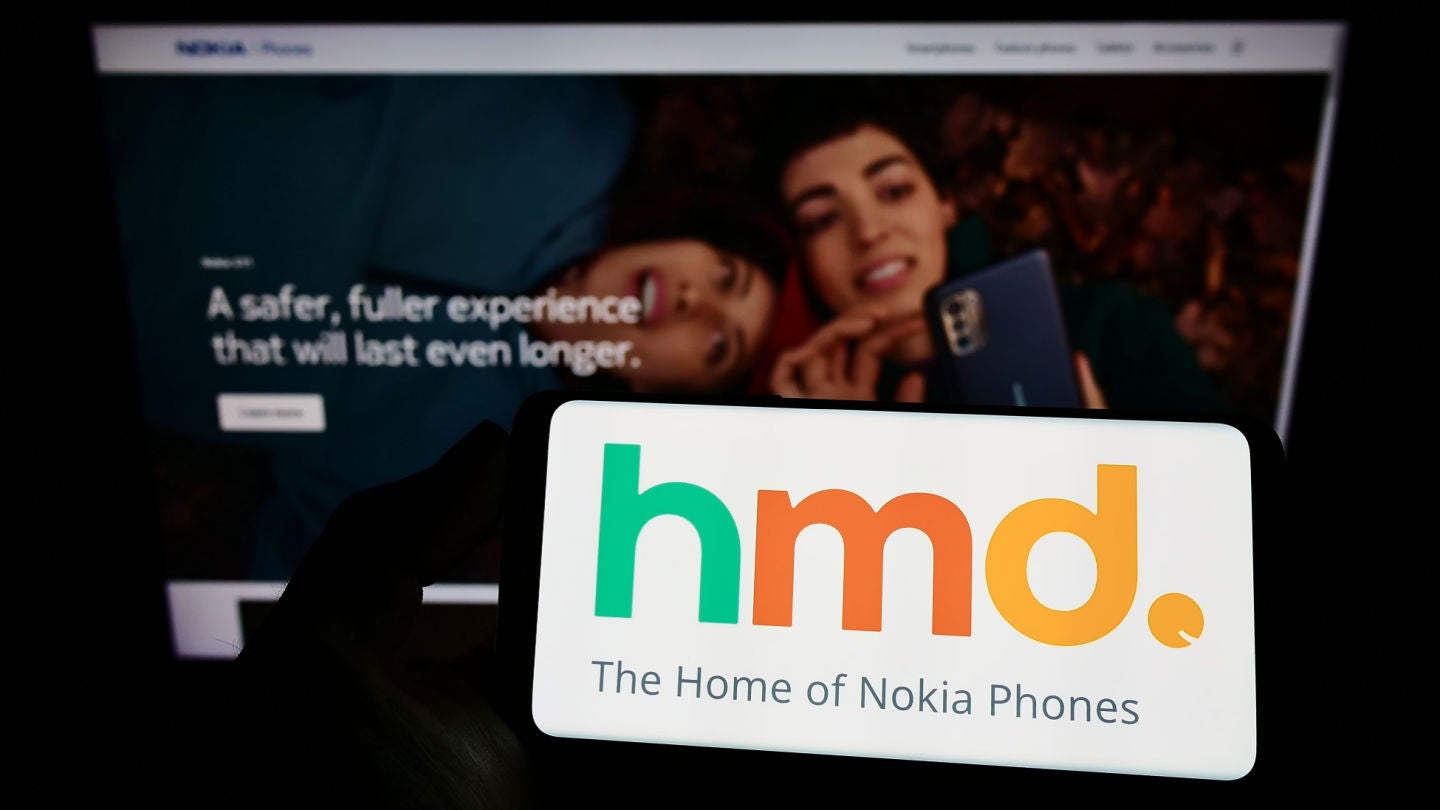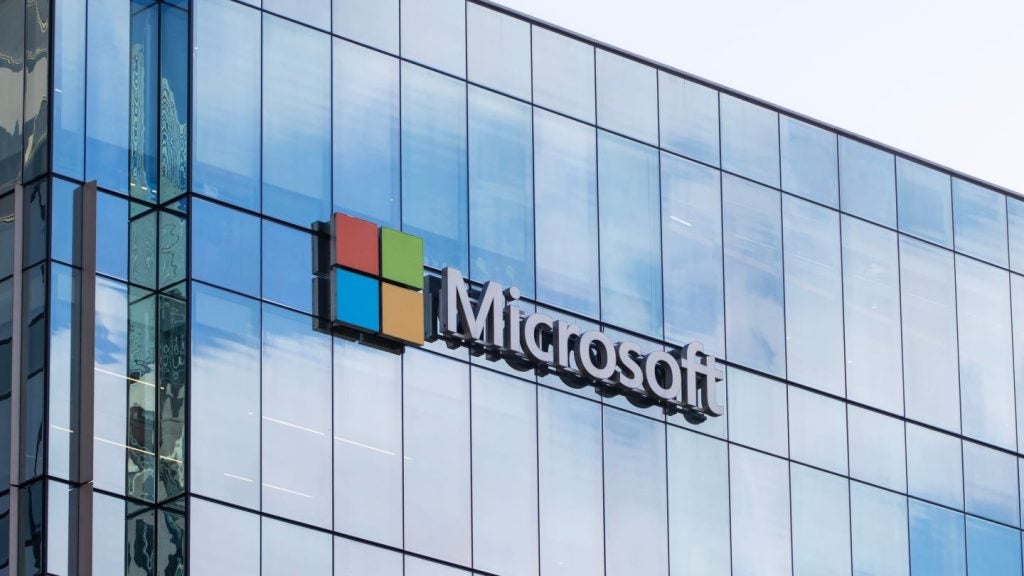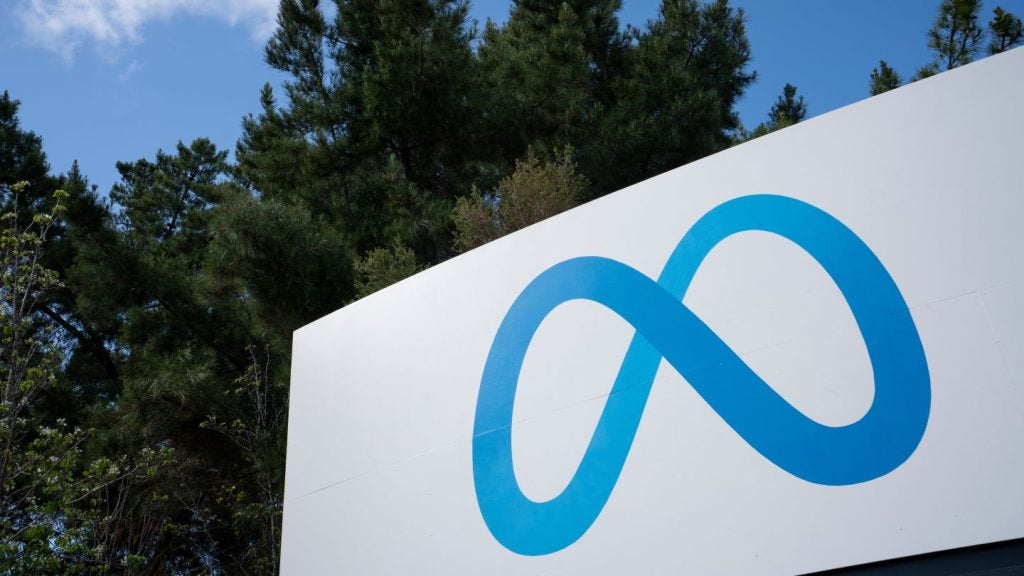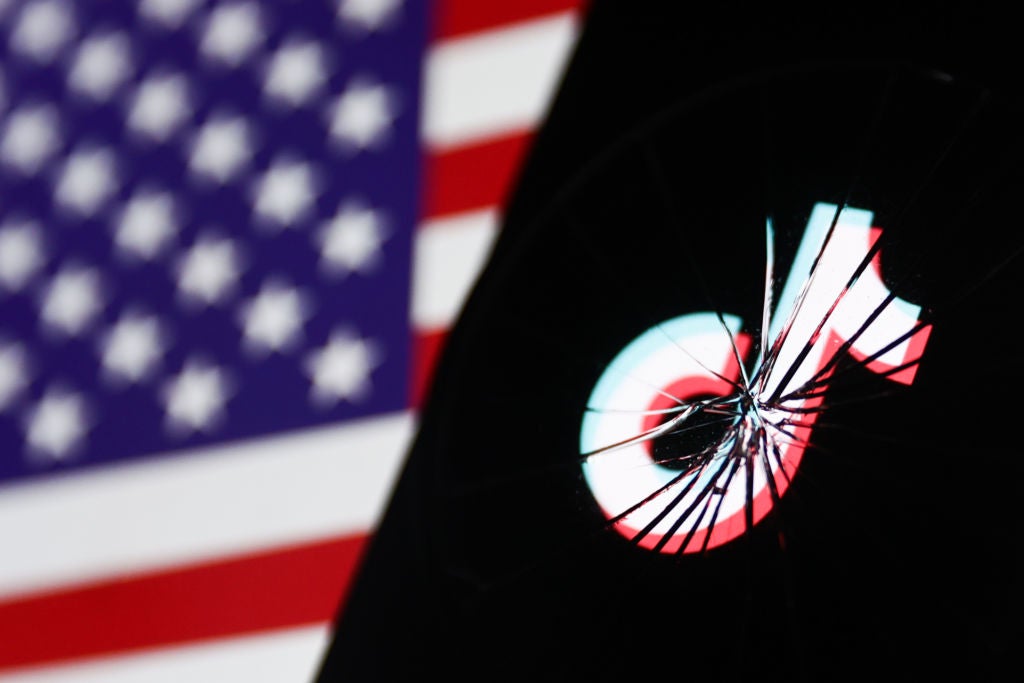HMD global, announced three new phones just ahead of this year’s MWC 2023 trade event in Barcelona. One phone, the Nokia G22, comes with its own repair kit. But the G22 is an average budget phone, and its ‘repairability at its core’ pledge is a unique marketing pitch rather than an actual design attribute.
The phone is created in partnership with international repair group iFixit. The phone’s battery, screen, back cover, and charging port can be repaired by a consumer with just a handful of affordable tools. The G22 Fix Kit will cost approximately GBP5 (around $6/AUD10) and will be available to purchase from iFixit.com, along with replacement parts.
The G22 comes with a 6.53-inch display, 50-megapixel camera, and a fingerprint scanner. The Nokia G22 will only be available in the UK and Australia for GBP149.99/AUD349 (around $180), and was made available starting 8 March in the UK with availability expected during early April in Australia.
HMD aims to extend longevity
HMD Global will make authentic parts and quick-fix repair guides for the G22 available for five years via iFixit, extending the phone’s longevity. The repair options are affordable, which increases the appeal of the phone with mainstream consumers looking to keep their phones for longer. The display and its Fix Kit cost about $60/GBP50, the battery and Fix Kit around $33/GBP28, and charging port plus Fix Kit around $29/GBP24).
More a marketing tactic than actuality
Consumers want their phones to last longer, as can be seen by lengthening replacement rates, which currently range from between three and four years. HMD Global wants to ride on this wave of longevity and make phone repair easier and more affordable. OEMs like Apple and Samsung have partnered with iFixit for their own self-repair kits, but their affordability is questionable, and repair measures can be complicated.
OEMs are also finding loopholes to take advantage of revenues in repairability. In the US, Samsung is coming under criticism for attempting to halt imports of third-party OLED screen replacements for smartphones. This ban, if it comes in effect, will not only affect the repairability of Samsung phones but also the refurbished iPhones market, as Apple buys more than 70% of its display panels from Samsung Display, and will likely put small independent repair shops out of business.
How well do you really know your competitors?
Access the most comprehensive Company Profiles on the market, powered by GlobalData. Save hours of research. Gain competitive edge.

Thank you!
Your download email will arrive shortly
Not ready to buy yet? Download a free sample
We are confident about the unique quality of our Company Profiles. However, we want you to make the most beneficial decision for your business, so we offer a free sample that you can download by submitting the below form
By GlobalDataHMD claims that the G22 is designed for repairability
Self-repair on the G22, though not easy, is eminently doable, based on GlobalData’s experience on site at MWC in Barcelona. But HMD claims that the G22 is designed for repairability at its core, which is more a marketing tactic than actuality. The Nokia G22 is a budget phone made from recycled plastic, but there aren’t any major design decisions that were made for the G22 to be any more repair-friendly than an average budget phone. The physical design of the G22 is also not much different from the Nokia G21 – the phone itself is not any different in terms of repairability compared to its predecessor, making the ‘self-repair’ phrase more marketing talk than actuality.
DIY repair remains a niche segment
Although self-repair and sustainability are the need of the hour, DIY repair remains a niche audience as of now. Europe’s Fairphone, which has repairability and sustainability at the heart of its marketing, only sold around 120,000 devices in 2022. It’s growth from around 88,000 phones in 2021 and 23,000 in 2018, barely registers on the map of individual OEM phone shipments, not to mention worldwide shipments of 1.2 billion units in 2022. But sustainability and repairability are increasingly valuable headlines in today’s tech world and growing in importance to consumers, especially millennials and Gen Z. Together, these consumers represent an enormous business opportunity and are the most environmentally conscious generations in recent times.
These consumers will make up the majority of the workforce in the coming years with increasing spending power and will be the primary decision makers of their households. European legislation on device sustainability has shown that local laws can have a larger impact – the enactment of the repairability index in France resulted in device repair manuals being made available online for the first time for free. As revenue opportunities from device repair come to light, more OEMs and carriers will come up with their own repair schemes. But there needs to be actual design and process changes that can be fundamentally implemented, and not just more marketing talk.








Related Company Profiles
Apple Inc
Nokia Corp
HMD global Oy